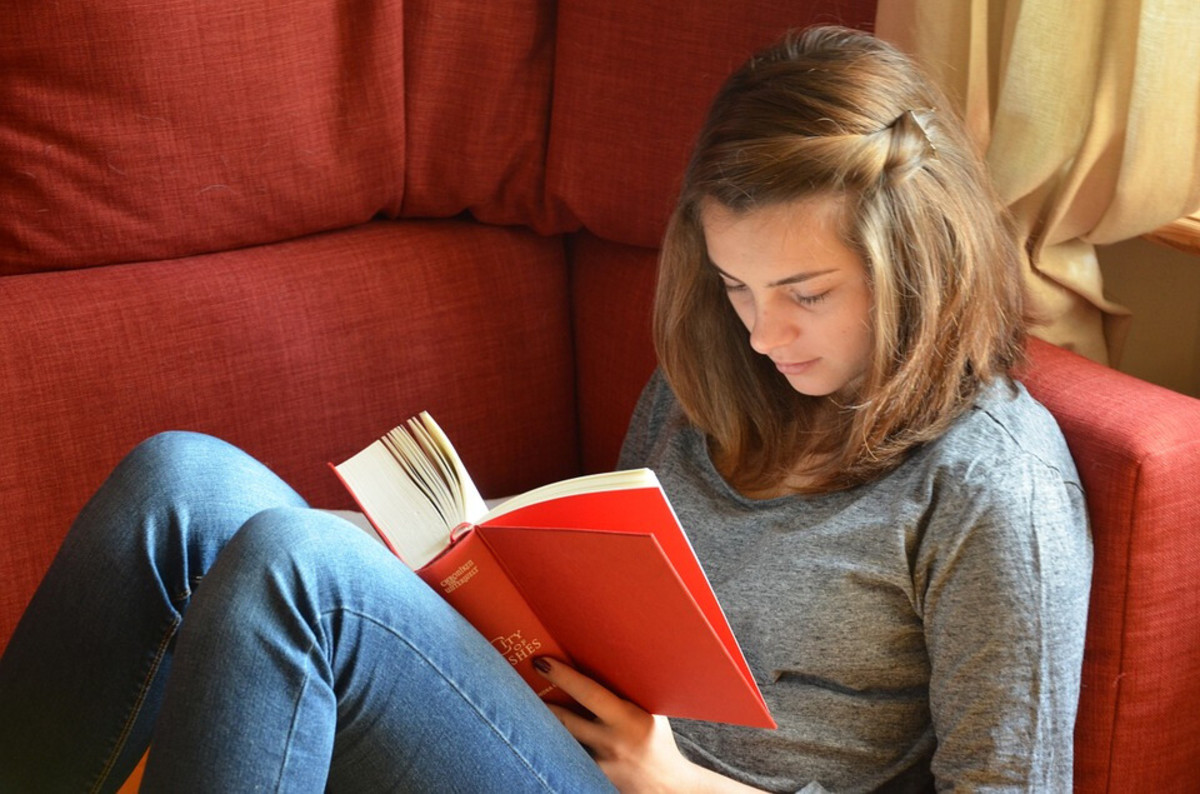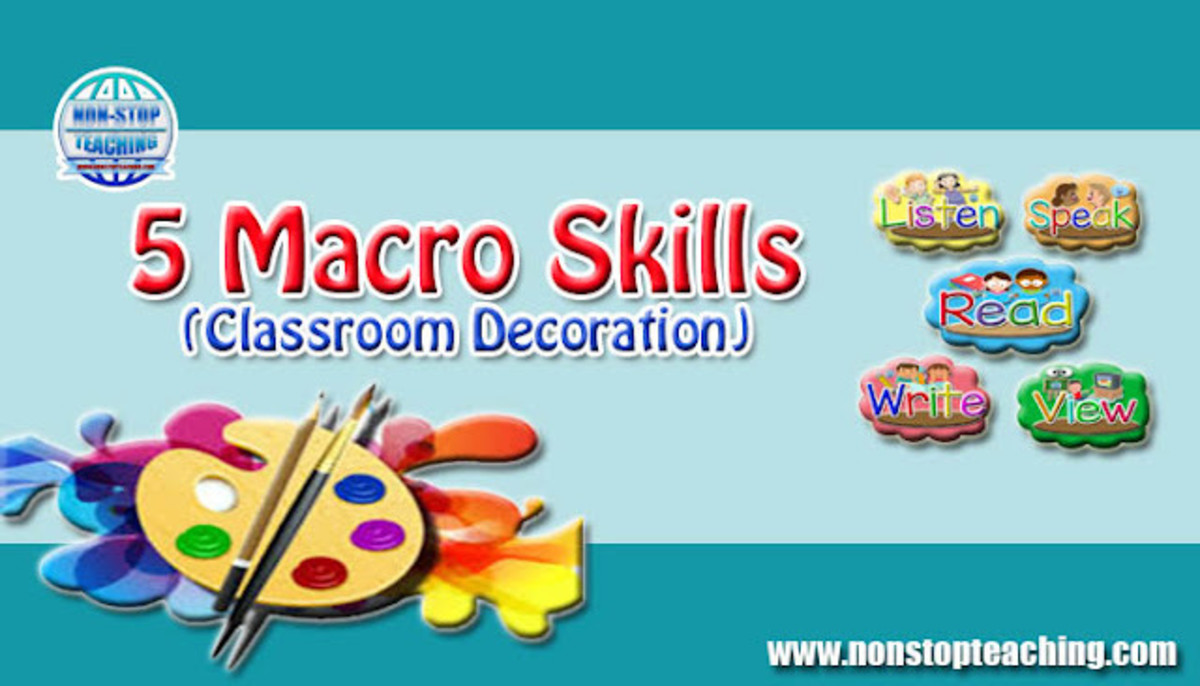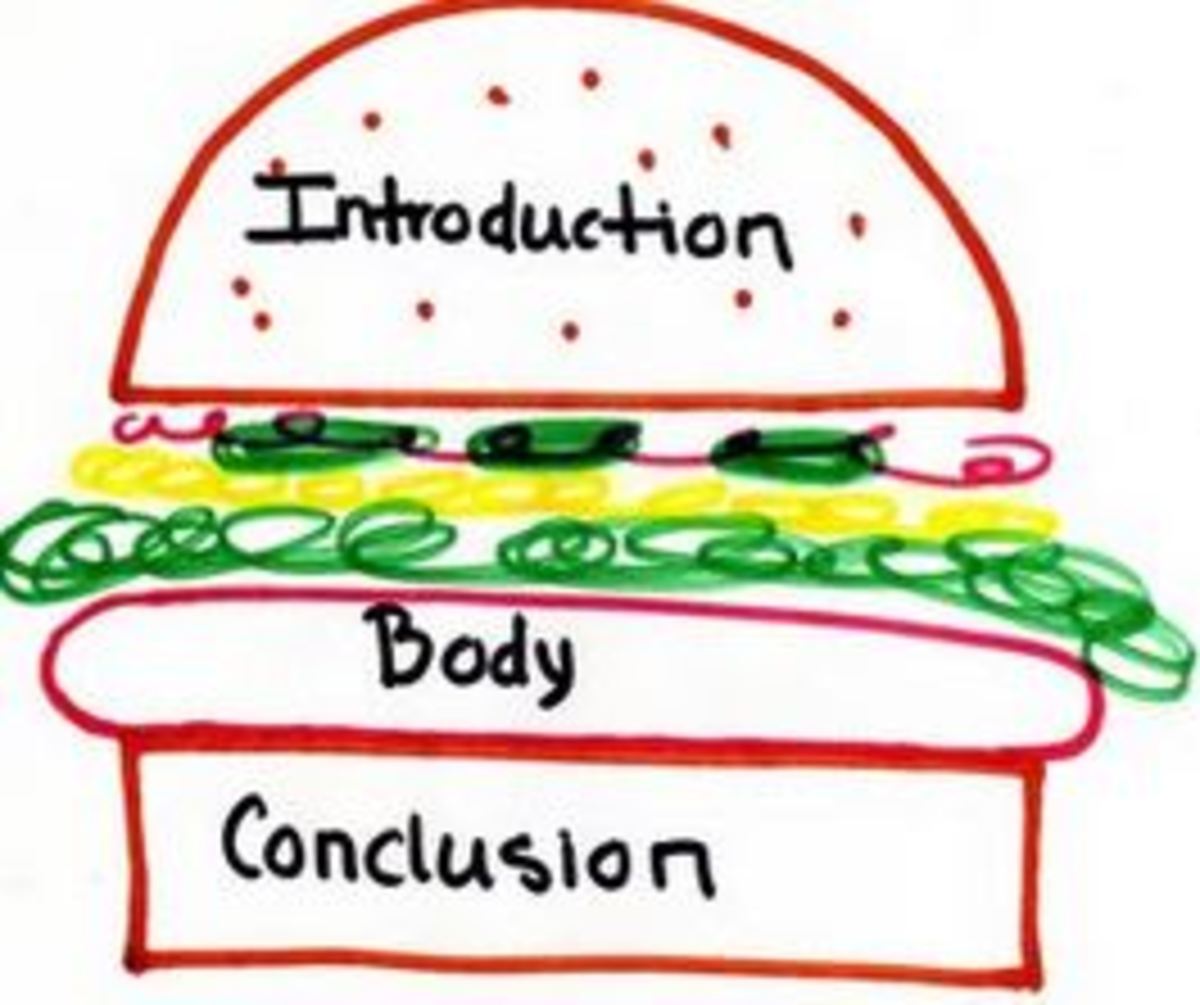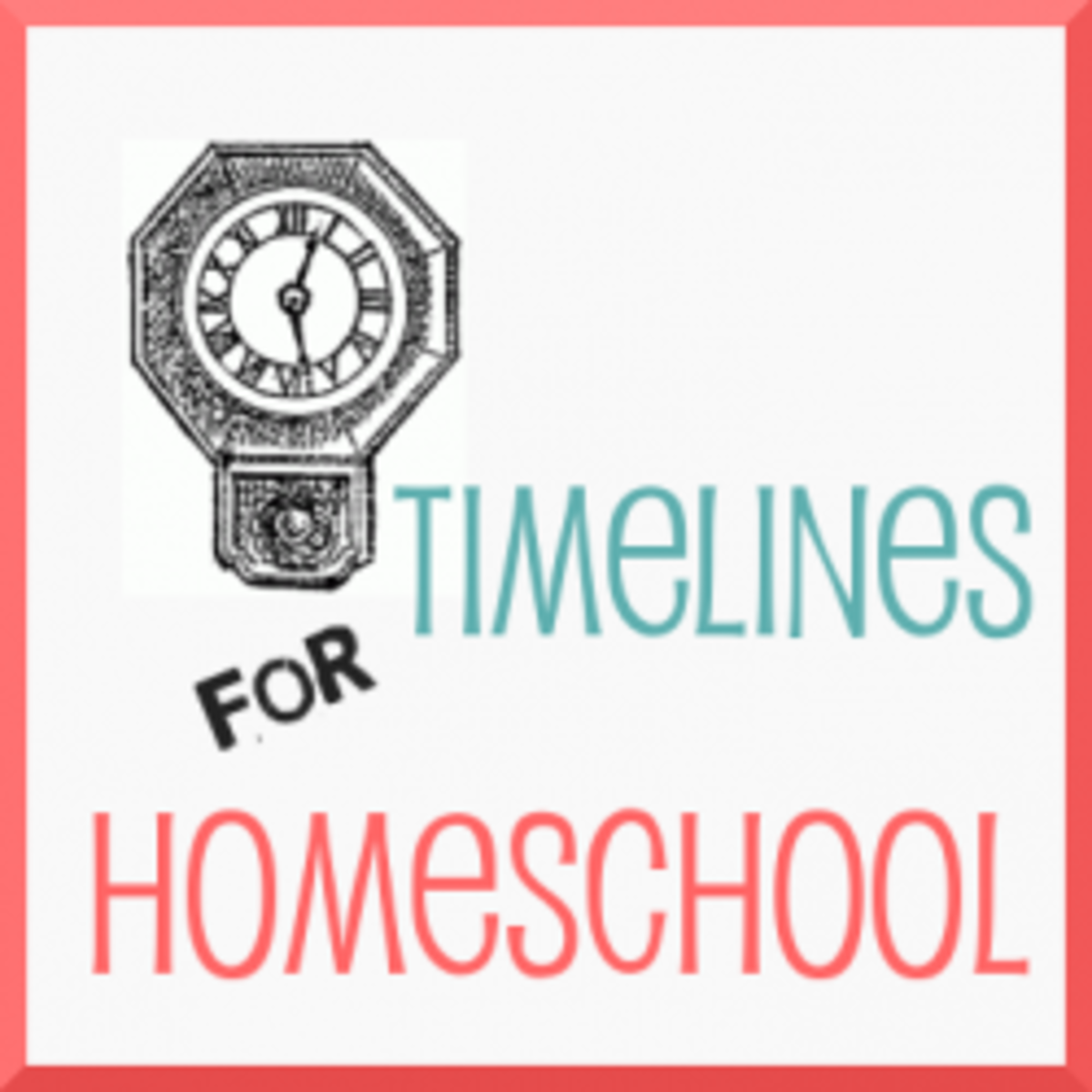The Trouble with Reading
Observations from a Teacher
As an early elementary teacher, having taught Kindergarten to 4th grade, I have learned that a majority of the struggling readers I came across, didn't have positive and regular experiences with reading at home. Language should not inhibit us from sharing in the reading experience with our child. I also saw first hand, how it was critical to reach struggling readers as early as possible, before the stigma of not being able to read began to affect their self confidence. The earlier you expose your child to reading and writing, the less likely they are to struggle with reading, but if your child is older, perhaps second grade or higher, it is never too late to help them succeed!
To Love or Hate Reading?
As parents, we often forget that we are our child's first and most impressive teachers! Children love spending time with their parents and often mimic their behaviors. Early concepts about print and writing are learned at home. Parents can either "make or break" their child's love of literacy. It begins when our toddlers grasp their first jumbo crayon in their hand. Do we take it away in fear that they will scribble over our furniture, or do we gather paper for them to doodle to their heart's content? When our child grabs a book and asks us to read, do we sit them on our lap and reluctantly read because we know how important it is for our child to experience this interaction, or do we redirect them towards the T.V.?
First steps to Improving Reading
The first step in helping your child at home is to have a discussion with your child about their reading difficulties. Explain that struggling with reading and writing is not uncommon, even for adults. Affirm, that you will be patient and that they must put forth their best effort to improve. Make an appointment to meet with your child's teacher if you haven't already to discuss the specific areas that your child may be having difficulty with. Is your child not decoding (able to sound out the words), blending (grouping the sounds together to say the word), experiencing difficulty with vocabulary or comprehension?
Next, take a verbal or written survey to discover your child's reading habits. Does your child have several books to chose from at home? Do they engage in some type of daily reading activity? What subjects is your child most commonly drawn to? Reading a book doesn't always have to be what leads to a love of reading. Some children may be drawn towards specific themed magazines, comic books and now e-readers/book series.
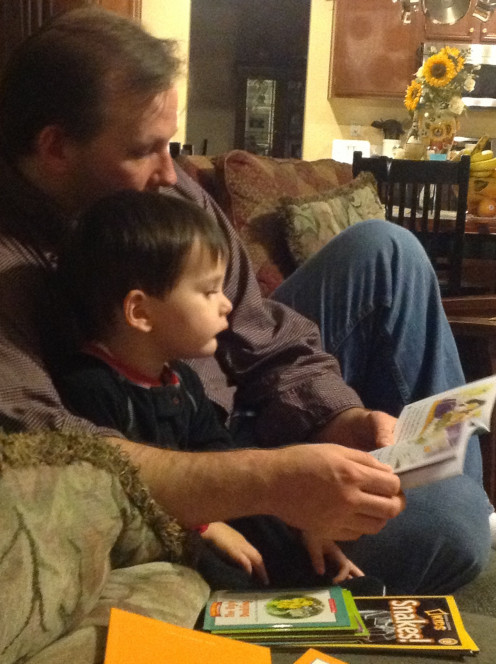
Intervention at Home
You don't have to be a teacher to help your child at home. It is important that your child is familiar with the letter sounds and their corresponding letters before you begin to teach them how to read. While they may know some words from sight and memory, they must know their sounds in order to decode. Begin by reading "Predictable Text," or texts that follow a pattern. A great example of these types of books or texts are Dr. Seuss books or nursery rhymes. These types of books help build confidence in reading. Next, begin reading books that are simple, containing a few lines per page, but not patterned. You will be tempted to help your child immediately upon their first struggle with a word, but DON'T! As they are struggling, ask them to use their knowledge of letter sounds to sound out the words. If they still are not ale to decode the word, ask them to "chunk," the word into small syllables or clusters of letter sounds. At this point, you can help. Once they do this, ask them to stretch the sounds/chunks in order to read the word. Your child should be able to read.
Once your child is able to decode or sound out words, begin working on "fluency." Fluency is the ability to read with ease, or like one would talk. A child who sounds "robotic," when reading might need to work on fluency. Lack of fluency can often interfere with comprehension of text. My favorite way to work on fluency at home and in the classroom is to use poetry or even song lyrics. The first time you work on fluency, it should be a "cold reading." This means that you just jump into reading the text immediately. Set a timer for one minute and mark how far you got in the passage. The goal is to improve the ease with which you read, and the time it takes to read the passage each time. Next, have your child take a highlighter, and scan the text for words that seem difficult or intimidating to read. Have them highlight these words. Once you have done this, go back to each word and have them apply the earlier strategies of chunking or sounding out letters. For some of the more complex words, it is ok to just tell your child what the word is. If possible, have them phonetically spell out the way to read the word right above it (Ex: question (kwestshun)). Now, have your child read through the passage silently without a time limit. Allow them to sound out those difficult words and support them if needed. Set the timer for one minute and model reading for them aloud. You don't need to invest in a specific timer, I often used my cellphone timer in the classroom. I like to emphasize where I would breathe throughout the text. Finally, set the timer again and have your child read. Use a different colored pencil to mark/record how much progress they make in the passage each time. Fluency passages are meant to be read often. Doing this not only boosts confidence, but it improves understanding of the subject matter.
Building Comprehension
Now that your child has become confident in reading with ease, it's important to build their comprehension or understanding of the content. It is important that your child is able to visualize or imagine what is happening in the text. Children should be able to make text to text connections, text to world connections and text to self connections. Ask your child if the book reminds them of any other stories they've read in the past (text to text)? Do events from the book remind them of anything going on in the world (text to world)? Can they relate to the characters and their experiences (text to self)? These are all questions that you can ask your child to check for understanding of the text they are reading.
Children can also keep reading journals at home. These should just be used to record observations, or thoughts about what they are reading. They might also jot down questions for you as they are reading to ask about later.
If possible, it is a great idea for you to be reading the same book as your child is so you can also have some discussion points. If your child is younger, it is fine to read aloud with them!
You are your child's most inspirational teacher! The more you give, the more they will benefit and appreciate later. Children who read or are read to daily at home using ANY media struggle less in the classroom. Teachers should be your closest support away from the home, so be specific about concerns you might have and ask what they suggest for you to work on at home. Eventually, the hard work you invest will pay off!


